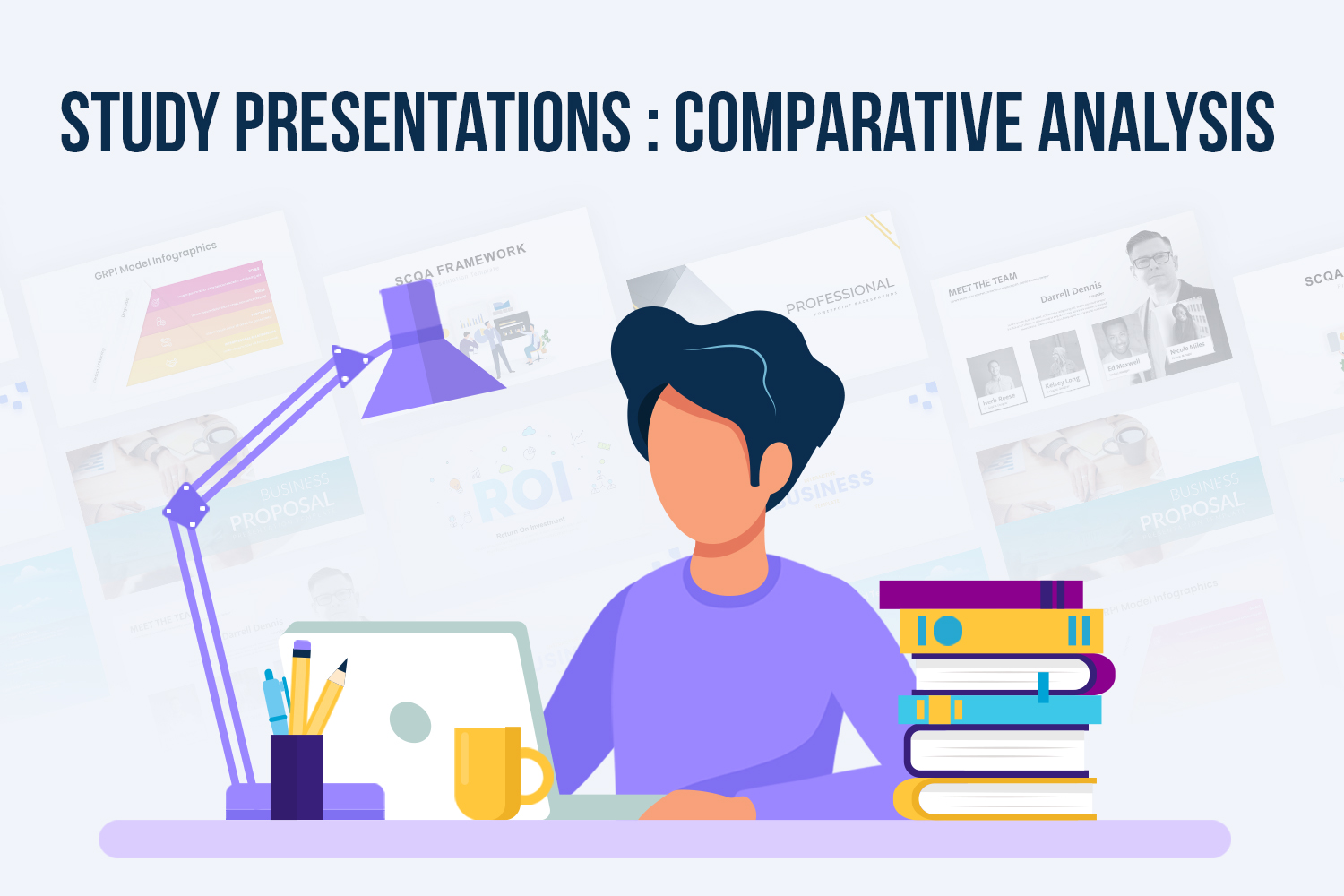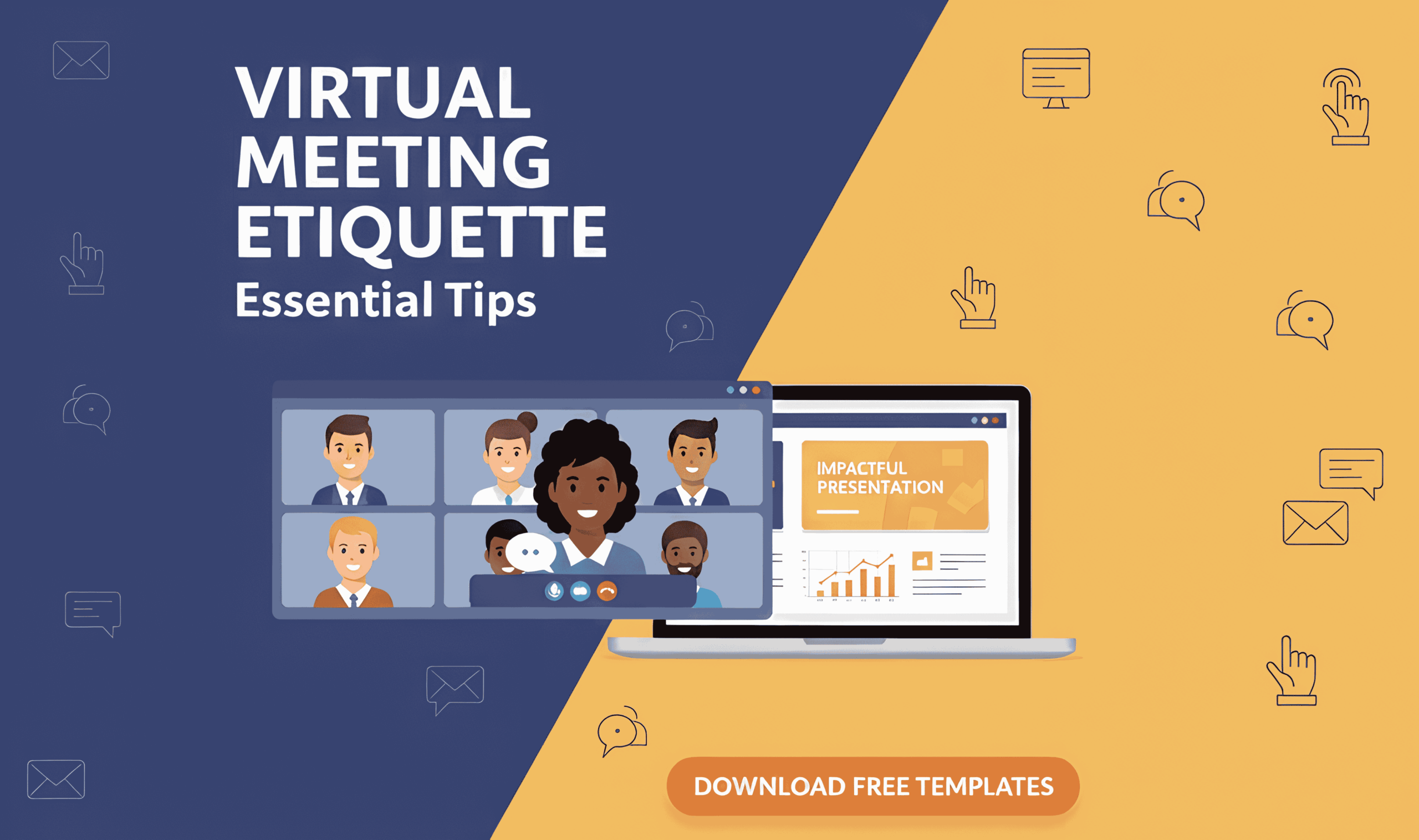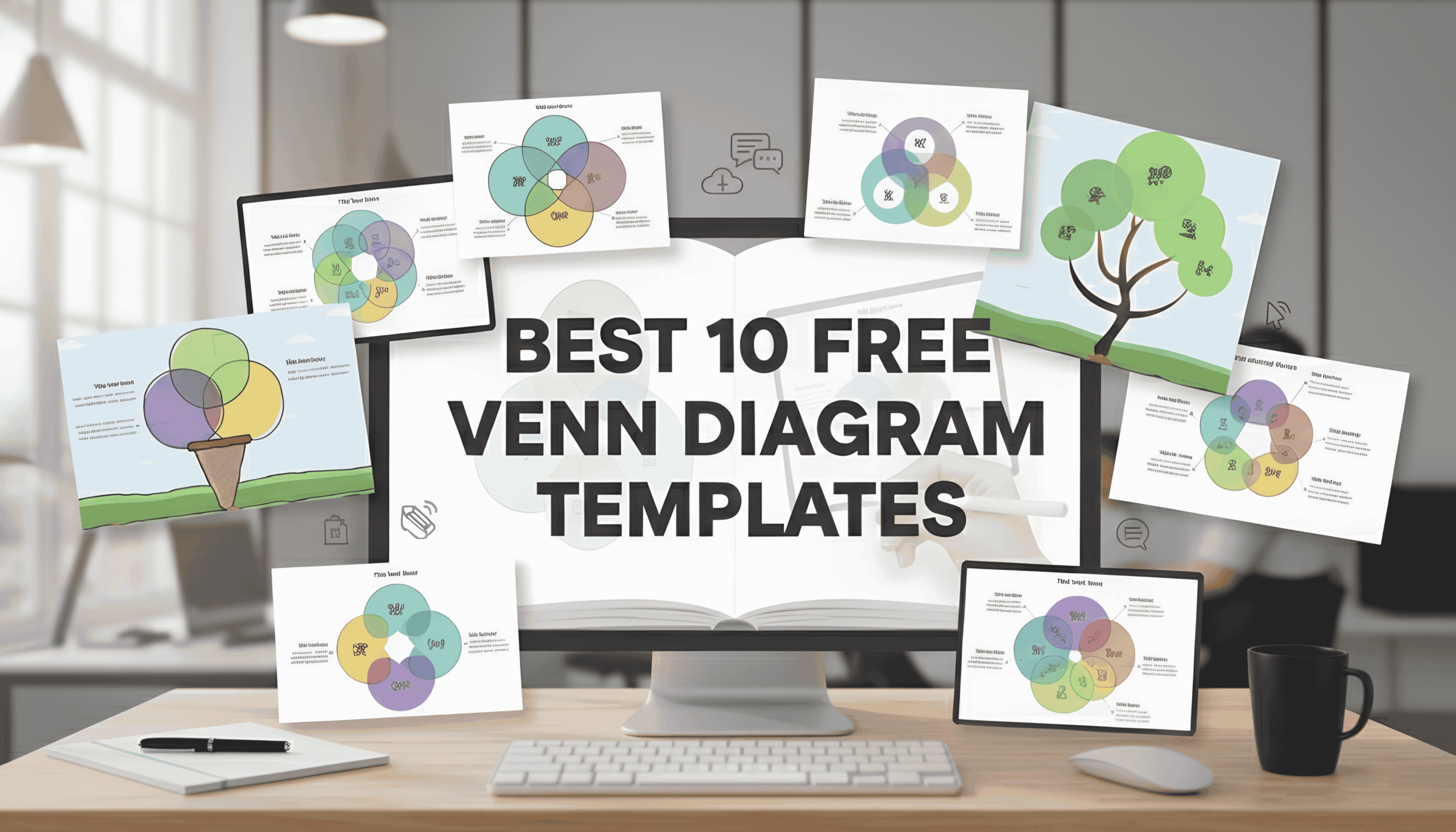How to Create Study Presentations – Comparative Analysis

Presentations are often a vital part of academic life at university or college. Students often have to give a presentation to defend a dissertation as part of their education. It helps if they use the right tools and design principles to present their research in an appealing way.
What is a research presentation?
A research presentation visually presents the systematic investigation of a topic. It explains the significance of the research and clearly states the method of analysis and the findings. Students must explain data, but they must also help the audience to understand why it matters. They must clarify the importance of the research. What use does it have, and how could it bring about changes in the real world?
Presentation format
Research PowerPoint templates make a presentation easy to set up. They are easy to use and customize. This makes them suitable for a wide variety of presentation formats. The format of a presentation will depend on its purpose, the audience, their prior knowledge of the topic, and other factors. A thesis defense presentation is a formal presentation of the research conducted by a graduate student. A thesis committee evaluates the work and determines whether it meets academic standards.
Comparative analysis
Throughout their academic careers, students have to write comparative analysis papers. What is comparative analysis? It is contrasting and analyzing items or subjects to identify their similarities and differences. Students can find comparative analysis examples and essays online. By studying these examples, they can learn more about how to write comparative analysis essays.
A sample of comparative analysis essay may compare a screen adaptation with a book or two contrasting business models. Students can use the essays examples for inspiration to generate ideas, and to figure out titles and outlines. If they can’t find a suitable essay example, they can hire a writer to write one for them.
A paper must have a frame of reference or context so the writer can propose a meaningful argument. The qualitative comparative analysis explores concepts and experiences.
In a comparative analysis presentation, a comparison slide in PowerPoint provides a good way to illustrate a similarity or difference between two items or subjects. Comparison slides should use just the right amount of text to convey the message.
What makes an effective research presentation?
Effective planning is essential for an effective research presentation. Creating an outline helps with organizing ideas and presenting them in a logical format. For example, it will show the relationship between different comparison slides.
There is no universal formula but the outline should include an introduction and give some background and context. It should explain the data and methodology. Include descriptive data and some quantitative and qualitative analysis. Finish off by summarizing the research and discussing possible future research.
- Use compelling visuals: Using the minimum text on slides and including compelling visuals helps to prevent cognitive overload. Adding animated graphics, icons, etc. can help to bring a research presentation to life.
- Include interactive charts and graphs: When adding facts and figures, using the power of data visualization can make them less boring. It’s important to choose the appropriate style of chart or graph to use.
- Make slide headings memorable: The slide headings should tell a story. Think about the key point the audience needs to take away from each slide. The headings should be short and have an impact. They should flow from one to another in a logical way.
- Create a great background: Choose the slide background carefully. Try not to use backgrounds that make text difficult to read or are too distracting.
- Use easy-to-read fonts and sizes: Sans serif fonts are easier to read in a presentation. The size of the fonts must be large enough to read clearly. Don’t use too many different fonts as this creates an unprofessional look.
Common research presentation pitfalls
- Too much information: Providing too many statistics, arguments, details, and definitions will make viewers feel as though they are drowning in information. They will be confused and have lost interest by the time the presenter gets to the point.
- All theory and no practical application: Focus on the actual implication of the research. What difference will it make? Try to provide some real-world examples.
- Lack of preparation for question time: Question time can reveal knowledge of the research background, current studies, implications, etc. The knowledge can help a presenter to sound professional at question time.
Study presentations – Engaging and compelling
Students need to create clear, compelling presentations that effectively communicate their findings. They need to clearly convey the purpose of the research and why it’s important. To ensure the audience is fully engaged, they need to follow certain design principles in using text, colours, images, etc. They also need to use effective tools and software that can make their presentations more interactive and dynamic.









